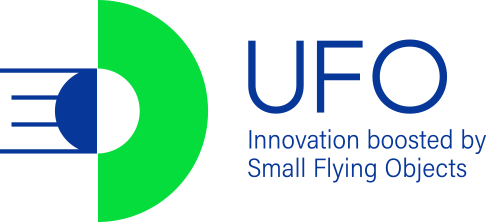TMOS
Targeted Meteorological Observations from the Stratosphere
Challenge :
The climate emergency is presenting many challenges to our society and economy. Extreme weather events are increasing, temperature records – hot and cold – are repeatedly broken, each year seemingly brings new flood and drought records to many regions of the globe, our society is increasingly dependent on our ability to create accurate forecasts. Numerical Weather Prediction (NWP) models generate global and regional weather forecasts, using current weather observations as their initialization state. The global weather observation system has large gaps, especially over oceans and polar regions, where there are few regular observations. Space based observations partially fill this gap, offering huge horizontal coverage but poor vertical resolution. Such regions contribute the greatest inaccuracy and rapid error growth in NWP forecasts.
The challenge: develop and demonstrate a sustainable system which provides persistent, reliable, and high quality, high resolution meteorological observations over remote areas to enable a society which is more resilient of extreme weather events.
Short description of the solution :
The solution is through the combination of a new ultra-lightweight dropsonde technology, integrated with a reliable and low power consuming dropsonde storage and dispenser system, both optimized for operation from High Altitude Platforms (HAPs) in the stratosphere. The resulting capability is being termed a StratoSonde®.
Benefiting from the latest techniques in electronic design miniaturisation and high energy density batteries, each dropsonde weighs just 20g and is dispensed, automatically or on demand, from the stratosphere. It measures the entire atmospheric column in high resolution and this data is transmitted in real-time back to the dispensing system which released it, and then relays this data via satellite to data end users anywhere in the world. The self-contained system is extremely lightweight and low power consuming, supporting a 32dropsonde system for under 1kg total mass. It is compatible with High Altitude Balloons (HAB) or fixed-wing solar electric High Altitude Pseudo-Satellites (HAPS) and is designed to operate in constellations, obtaining coordinated and synchronised observations over large remote regions.
Project TMOS is a collaboration between Voltitude Ltd and Formtech Composites Ltd, to develop and demonstrate the StratoSonde® payload system. This is a disruptive new technology, cross cutting several UFO targeted industries & challenge areas: Blue Growth (metocean monitoring and forecasting), Finance and Insurance (insurance sector – flooding monitor), environment and is most directly aligned with Climate (crisis management, renewable resources management and advanced warning of extreme weather events).
The project objectives include:
- Complete the ultra-lightweight dropsonde unit and dispenser system design.
- Build prototypes of the dropsonde and dispenser system for integration and testing.
- Conduct environmental and real-world testing of the demonstration system including characterisation and comparison testing against COTS radiosondes.
Prior to the project starting, this technology was at TRL5. When project TMOS is complete, having demonstrated the prototype in an operational environment using HAB, the technology output will be TRL7.
The project results will include the real-world validation of the dropsonde storage and dispensing system, datalinks and focus on data quality, resolution and accuracy offered by the innovative miniature dropsonde solution. Data observations including temperature, windspeed, pressure and humidity will be shared with data end users: MetOffice, EUMETNET & ECMWF. Data will be contrasted with quality and resolution of current commercial radiosondes products.
Project collaborators expect to continue to develop the StratoSonde product, integrating the dispensing system with a new type of lightweight HAB, able to float for many days in the stratosphere. This HAB-StratoSonde platform will offer pilot services to data end users. The initial use case gathers observations from the polar region in winter, to help meteorologists monitor for sudden stratospheric warming events, such as that which occurred in Feb 2021, contributing to the sudden extreme cold experienced by parts of north America (Texas big freeze) and central Europe. Results will permit better management of resources, to allow earlier preparation to tackle extreme weather disasters.
